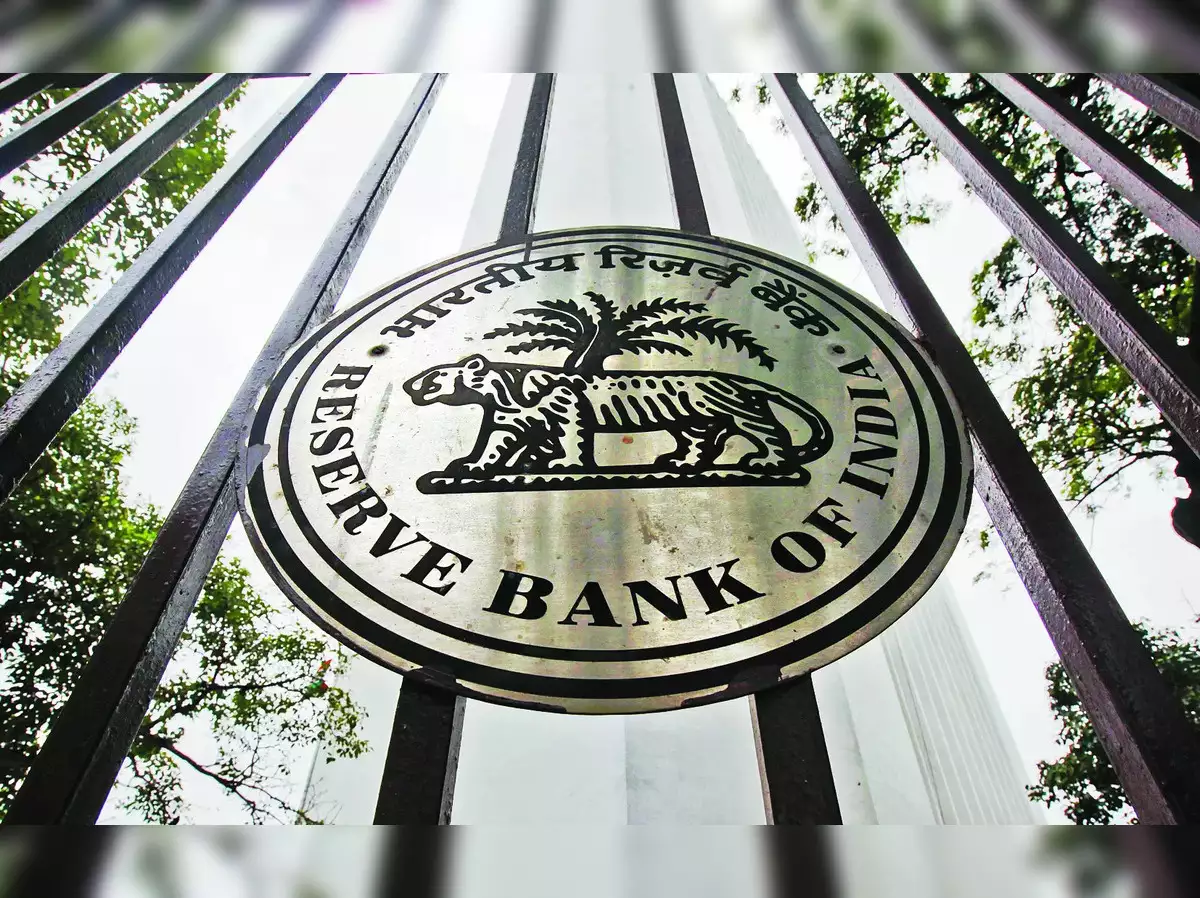RBI’s Currency Intervention Strategy Explained

The Reserve Bank of India (RBI) is taking a firm stance on currency market interventions. This decision comes amid rising concerns about the Indian rupee’s volatility against the US dollar. Recently, the rupee hit a new low, closing at 86.63 against the dollar. This decline has raised alarms among traders and policymakers alike. The RBI’s strategy aims to stabilize the currency while managing macroeconomic factors.
RBI’s Commitment to Currency Stability
The RBI has reiterated its commitment to intervene in the currency market to prevent excessive volatility. This approach is part of a broader strategy for macroeconomic management. The recent drop in the rupee’s value has been attributed to various factors, including speculation in the non-deliverable forward (NDF) market. In this market, participants speculate on future exchange rates without directly trading the currency. Instead, they settle their bets in dollars based on the rupee’s actual exchange rate at the contract’s maturity. This speculation has led banks to buy dollars, putting additional pressure on the rupee.
Despite external pressures from the United States and international agencies, the RBI and the Indian government have maintained a consistent approach to managing currency volatility. They believe that a stable currency is crucial for economic growth and stability. The RBI’s interventions are designed to counteract the effects of speculation and maintain confidence in the Indian economy.
The Impact of a Weak Rupee on Inflation
Recent data suggests that the rupee may be overvalued against a basket of currencies. However, the RBI’s policy is also focused on maintaining price stability in essential commodities such as petroleum and edible oils. India heavily relies on imports for these commodities, and a weak currency can exacerbate inflationary pressures. The RBI aims to keep retail price inflation close to its target of 4%.
The central bank’s interventions have been aggressive in recent months. From a peak of over $705 billion in September, India’s foreign exchange reserves have fallen to $635 billion by the end of December. This decline reflects the RBI’s efforts to defend the rupee against a strengthening dollar. While these interventions are necessary, they have also led to liquidity issues in the market, as the RBI has exchanged rupees for dollars. Critics argue that this could further pressure interest rates, complicating the overall economic landscape.
The Broader Economic Context
The current economic environment is challenging for the RBI. The dollar index remains strong at 109.5, which adds to the pressure on the rupee. Additionally, US stocks have shown resilience, with reports indicating that the incoming Trump administration may consider gradual tariff hikes. This potential policy shift could have far-reaching implications for global trade and currency markets.
The RBI’s role is not limited to managing the currency. It also coordinates closely with the Indian government to implement a comprehensive economic strategy. This collaboration is essential for addressing the multifaceted challenges posed by currency volatility and inflation. A weaker rupee can benefit exports, provided other currencies also depreciate. However, the RBI must tread carefully to ensure that its interventions do not lead to unintended consequences for the broader economy.
Observer Voice is the one stop site for National, International news, Sports, Editor’s Choice, Art/culture contents, Quotes and much more. We also cover historical contents. Historical contents includes World History, Indian History, and what happened today. The website also covers Entertainment across the India and World.

